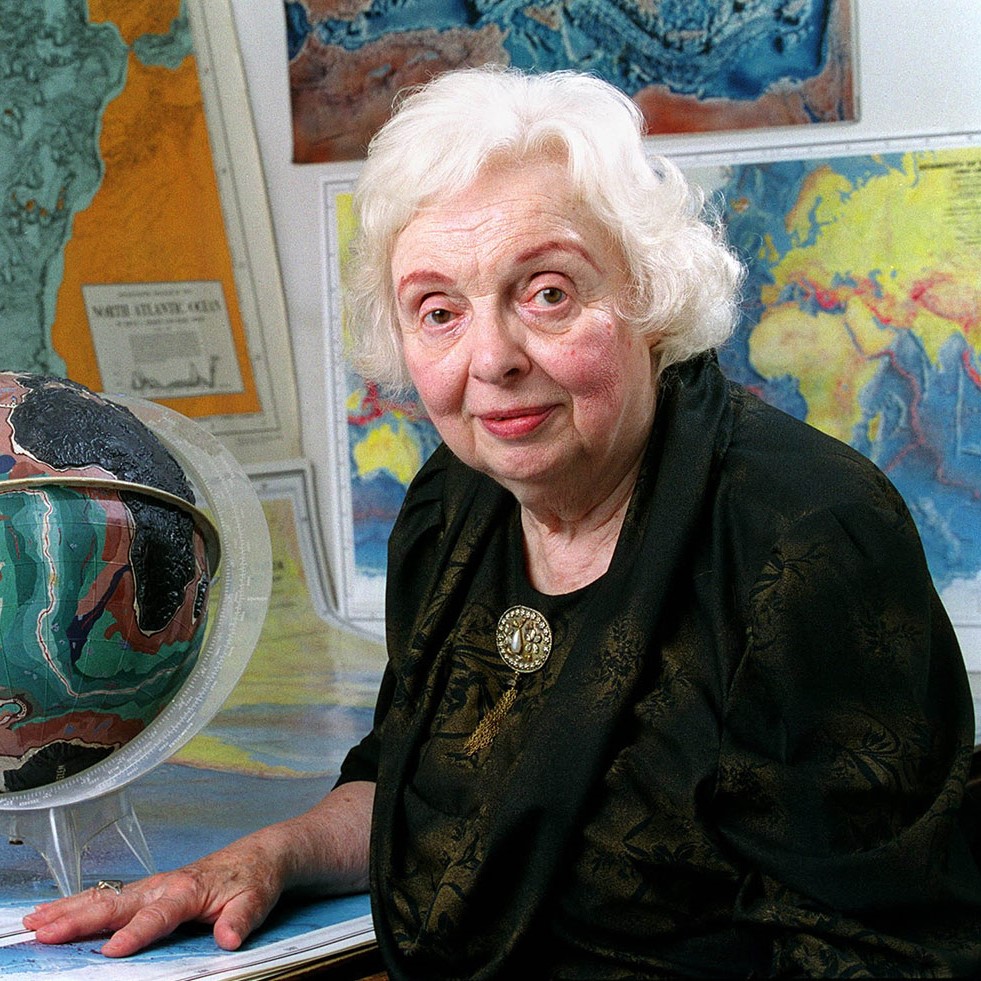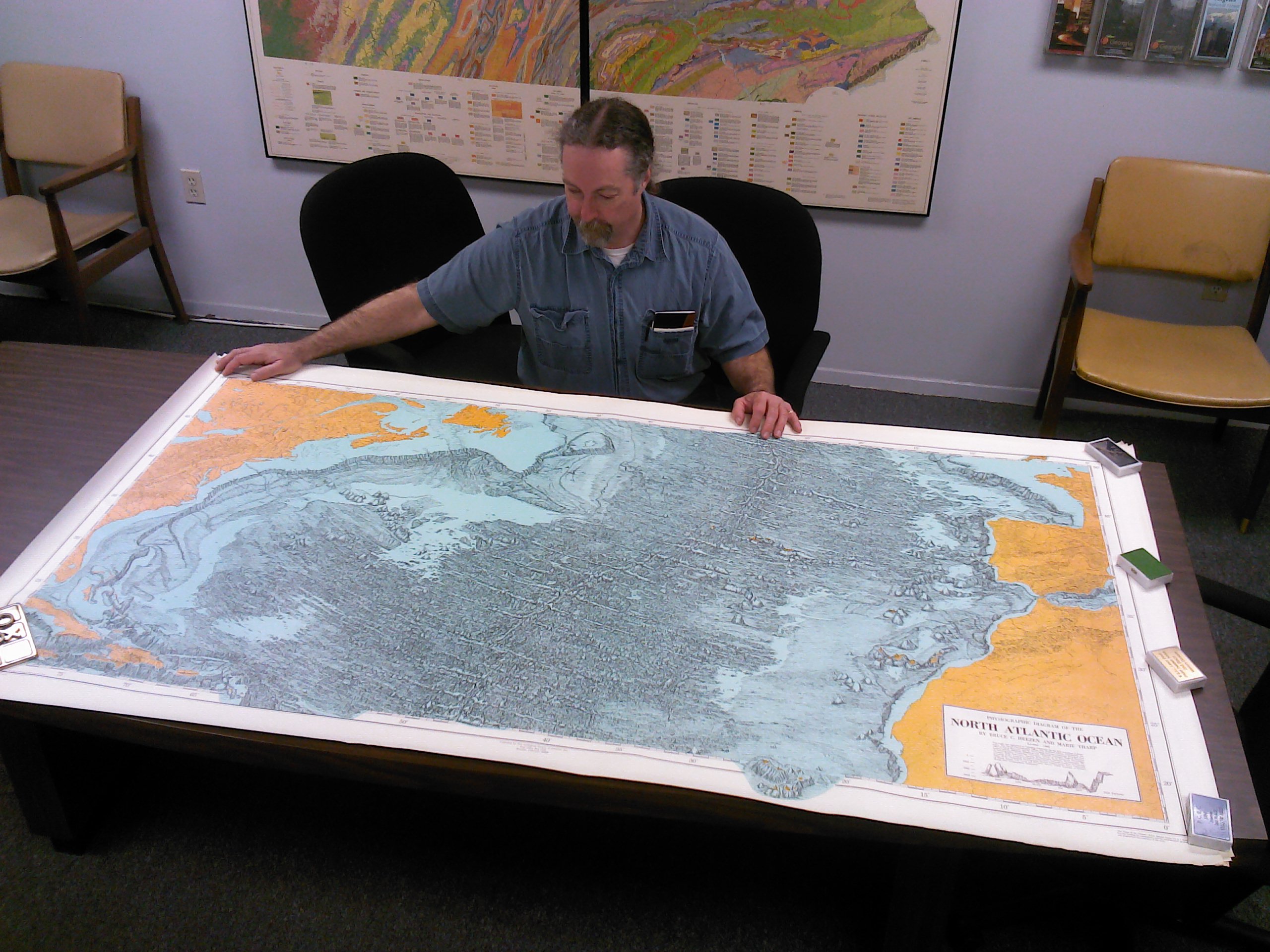
Mary Tharp
The life of Mary Tharp reflects the essence of the scientific angle with which an individual moves to gain knowledge. Raised in Ypsilanti, Michigan, Tharp’s work accomplished distinguished herself in spite of highly gendered environment: she was born on July 30, 1920, considered as one of the most impacting scientists and mathematicians of her days.

Early education for Tharp was centered on degrees obtained in English and music; however, her passion was geography. In the Second World War, she worked as a draftsman in the US Army Map Service immediately after the Pearl Harbor invasion. Her collaboration with geologist Bruce Heezen at the Lamont Geological Observatory in the 1950s led to her most notable achievement: first global coverage of the upper ocean floor of the Atlantic Ocean. This work showed the Mid–Atlantic Ridge and a rift valley which gave support to the theory of plate tectonics.

The fact that Tharp a woman managed to be recognized in the initially male dominated field and motivated by her hard work and dedication. Pinky received the Award for the Excellence in Marine Geology and Geophysics from the American Geophysical Union and after her death, she was honored into the National Women’s Hall of Fame in 2009.

Tharp’s contribution is more than just oceanography and geology; people wish to discover and know the processes of the geology of the Earth. She is a stickler that love for learning, being curious, and the desire to disrupt status quo cannot be overemphasized.